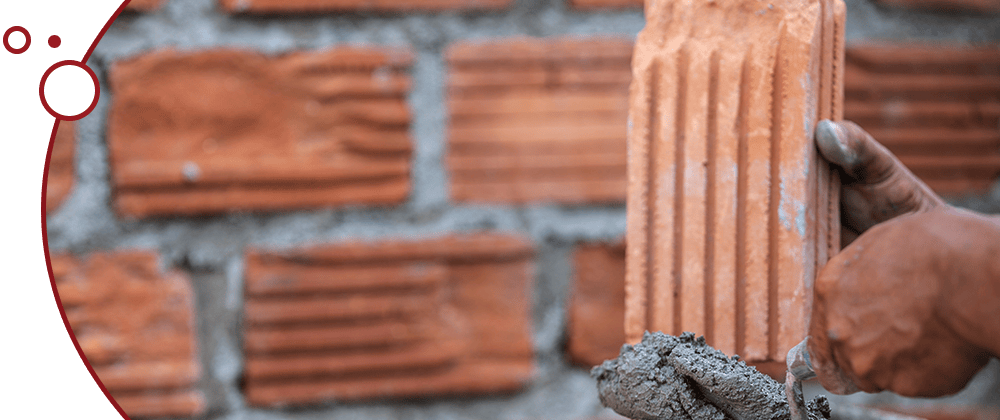
Basement tuckpointing is a crucial maintenance process that involves repairing the mortar joints in the masonry work of your basement. It’s essential for maintaining the structural integrity and preventing water infiltration in your home. This guide will explore the key aspects of basement tuckpointing, making it easy to understand and apply.
Table of Contents
Understanding the Basics of Tuckpointing
Tuckpointing is the process of removing old, deteriorating mortar from the joints of bricks or stone and replacing it with fresh mortar. In basements, this process is vital as it battles against moisture and the wear and tear of time.
Why is Basement Tuckpointing Important?
- Prevents Water Damage: By sealing gaps in the mortar, tuckpointing keeps water out.
- Structural Integrity: It strengthens the walls of your basement.
- Aesthetic Appeal: Tuckpointing enhances the appearance of your basement walls.
The Tuckpointing Process: Step-by-Step
- Inspection: Assess the extent of mortar damage.
- Cleaning: Remove loose and damaged mortar.
- Mortar Preparation: Mix new mortar to match the existing one.
- Application: Carefully apply the new mortar into the joints.
- Finishing Touches: Smooth and shape the mortar for a clean finish.
When to Consider Basement Tuckpointing
You should consider tuckpointing when you notice signs of wear and tear, such as crumbling mortar or water seepage. Regular inspections can help identify these issues early.
DIY Tips for Basement Tuckpointing
While professional services are recommended, here are some DIY tips:
- Choose the right tools, like a tuckpointing trowel and a mortar hawk.
- Protect yourself with gloves and safety glasses.
- Take your time to ensure a neat and effective job.
Professional Tuckpointing Services
Professional services offer expertise and quality assurance. They can handle larger or more complex tuckpointing projects efficiently.
Frequently Asked Questions (FAQs)
What is the lifespan of tuckpointing?
- Tuckpointing typically lasts for about 25 years, depending on environmental conditions and the quality of work.
Can I do tuckpointing by myself?
- Yes, but it requires skill and patience. For larger projects, it’s best to hire professionals.
How often should I inspect my basement for tuckpointing needs?
- Conduct a visual inspection annually, especially after harsh weather conditions.
What’s the difference between tuckpointing and repointing?
- Tuckpointing involves both filling in a missing mortar and applying a thin line to create a neat appearance, while repointing is just the process of filling in the mortar.
Can tuckpointing prevent basement leaks?
- Yes, it’s effective in preventing water ingress by sealing potential entry points.


